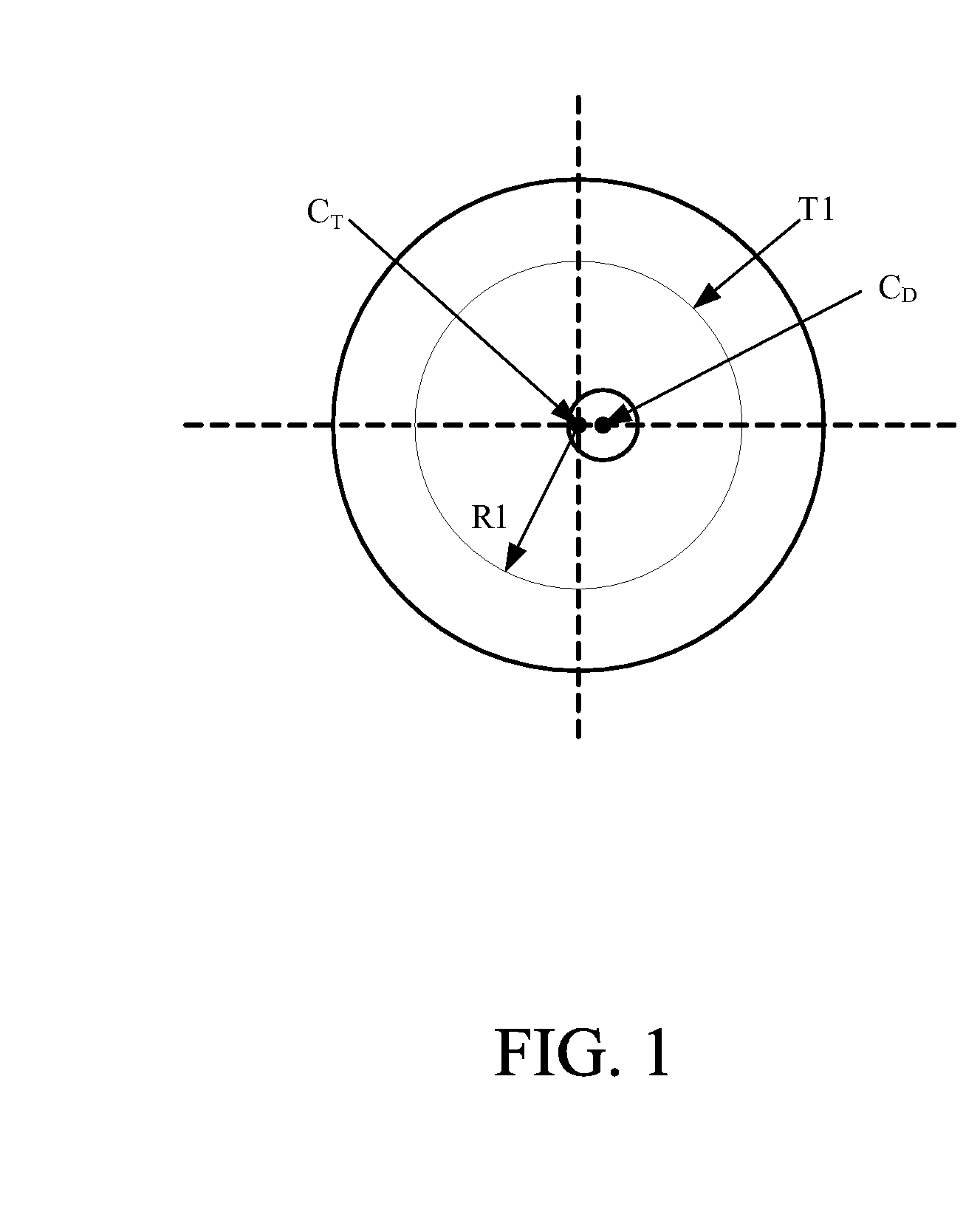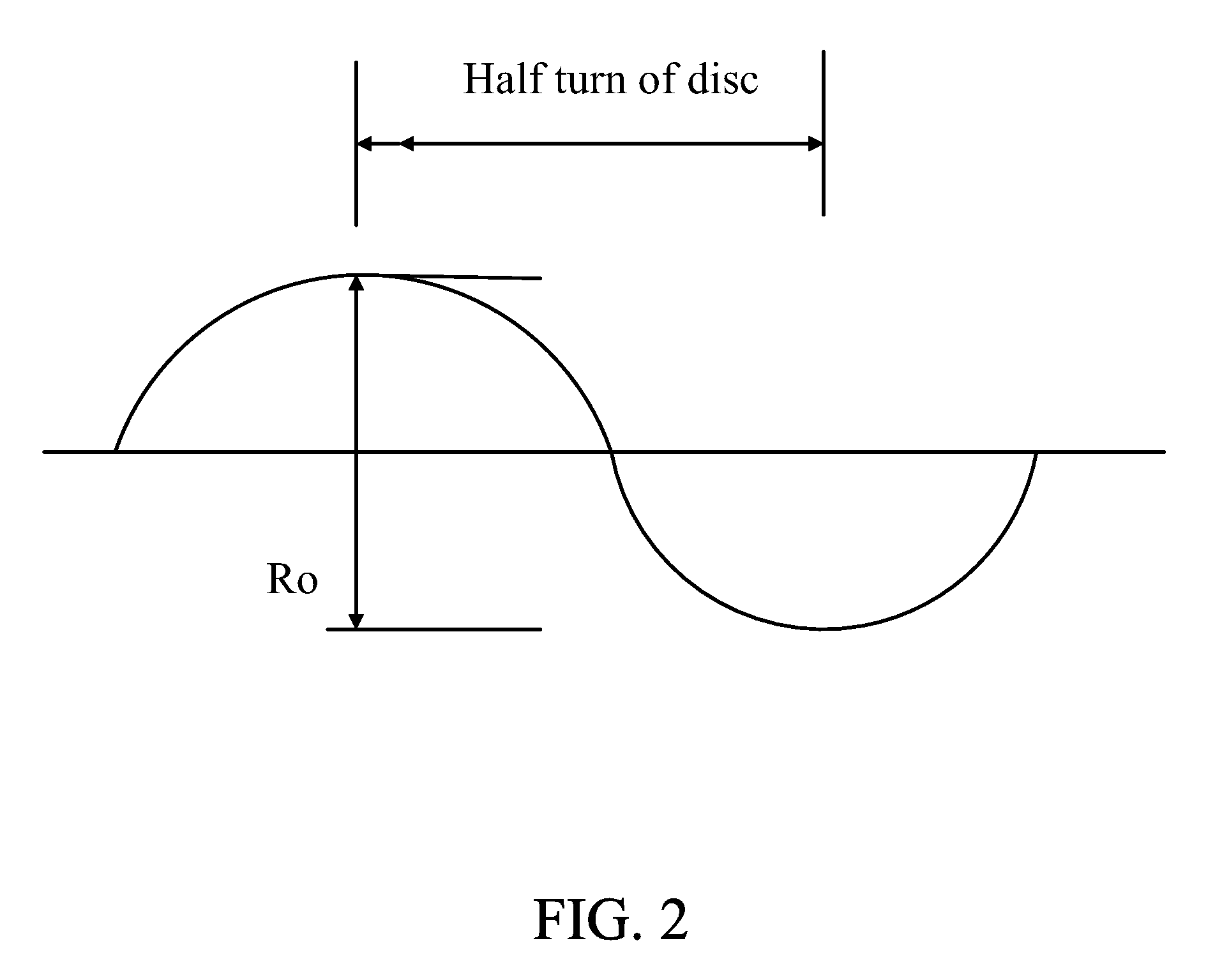Optical disc recording protection
a technology for protecting optical discs and recording, applied in the field of optical disc recording, can solve the problems of high-density discs with critical and serious defects, pick-up heads deviating from the track center, and even improperly entering the track
- Summary
- Abstract
- Description
- Claims
- Application Information
AI Technical Summary
Benefits of technology
Problems solved by technology
Method used
Image
Examples
Embodiment Construction
[0018]In reading / writing procedure for an optical disc, a pick-up head may deviate from a target track when encountering a defect of a significant length on the disc. Track-slipping may even happen when the defect is considerably long. The so-called track-slipping means that the pick-up head deviates from the target track and enters into a wrong track. According to an embodiment of the present invention, especially in writing (recording) the disc, the large write power of the pick-up head is switched off or changed to a small read power whenever a defect with a length, which exceeds a predetermined threshold, is encountered. After the writing operation is suspended, the defect can be then processed properly. The recording operation can be resumed from a position of the disc which is determined by the defect management function.
[0019]The threshold of the defect length, which is used as a reference for deciding whether the recording operation should be suspended, can be predetermined ...
PUM
| Property | Measurement | Unit |
|---|---|---|
| length | aaaaa | aaaaa |
| switching off power | aaaaa | aaaaa |
| switching power | aaaaa | aaaaa |
Abstract
Description
Claims
Application Information
 Login to View More
Login to View More - R&D
- Intellectual Property
- Life Sciences
- Materials
- Tech Scout
- Unparalleled Data Quality
- Higher Quality Content
- 60% Fewer Hallucinations
Browse by: Latest US Patents, China's latest patents, Technical Efficacy Thesaurus, Application Domain, Technology Topic, Popular Technical Reports.
© 2025 PatSnap. All rights reserved.Legal|Privacy policy|Modern Slavery Act Transparency Statement|Sitemap|About US| Contact US: help@patsnap.com



